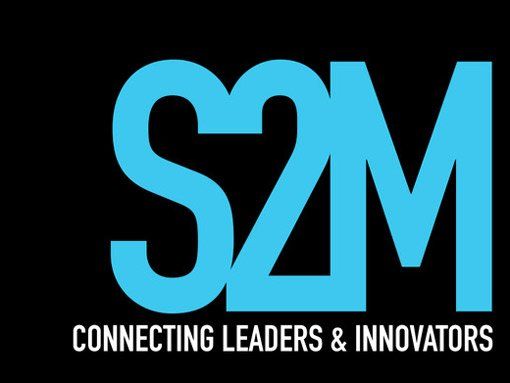How have the changes to visas and immigration changed the digital landscape and talent search in Australia?
The recent changes to 457 visas have created large scale downshifts in many sectors for having to hire local workers. It comes as no surprise to anybody that the Coalition government took it upon themselves to change these laws, as the Liberal party has traditionally been against opening borders and generally adopts a tougher stance on immigration. But what does that mean for the digital landscape?
There have been many high-profile cases of companies affected by changes to visa laws, none so more apparent than Disrupt Sports , who while blooming as a young startup were forced to send one of the company founders “back to where he came from” due to complications with visa issues
Australia is not alone in these visa issues though. The US is notoriously difficult to get into, with many other high-profile cases for startup businesses migrating to the US suffering visa issues.
In the digital landscape, changes to skilled worker visas mean that the competition has thinned significantly when it comes to specific digital roles. Its no secret that some places in the world produce incredible talent in certain fields, and disallowing the access to some of that talent will only limit the potential for companies in Australia.
Below are a list of impacts we have seen so far in recruiting, and the search for talent in Australia.
Skills shortages in certain niche roles
As recently as last week, we experienced an issue in recruiting right here in this very office due to the changes in visas. We were trying to recruit for a niche role in IT pre-sales engineering, or someone who can effectively demonstrate the product and its benefits. We’d found the perfect candidate, but as it was not deemed to have a shortage of Australian workers in the given field, the visa application was not accepted. Opportunities such as that can keep slipping by the wayside, as the government will constantly have to decide what jobs go to “Australians” and what jobs that are in skills shortages.
Sponsorship issues and increased difficulty in bringing people into the country
Though we haven’t personally experienced this, by all accounts it is getting increasingly difficult to bring people into the country for specific hiring roles. Visa applications are now designed to focus on the exact reasoning behind a candidate’s application, honing in on fine details such as proving their skills and value to the workplace. This in turn creates challenges in building a multicultural and skilled workforce, if applications get rejected for whatever reason.
Searching for alternatives yielding poor results
Since the changes made to the 457 visas, employers have started searching for alternatives, namely the 400 visa, designed to drop international specialists into roles for the short term. The 400 visa has emerged as an alternative category of visa with with looser restrictions than the 457 foreign worker visa, which of course are essentially no more. These looser restrictions have given rise to exploitations from employers, who are unable to source what they require locally.
Not to take a political stance on the matter, but having an Australian first policy can potentially set Australia back significantly in the digital space. Nowhere is more needing of international assistance than the local tech sector, and provided people can move here on a permanent basis we may start to see growth plateau or even decline.





